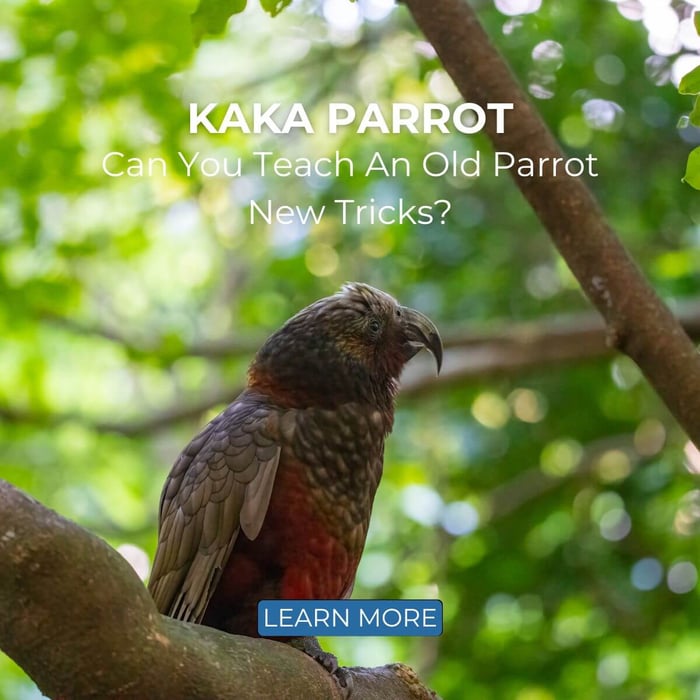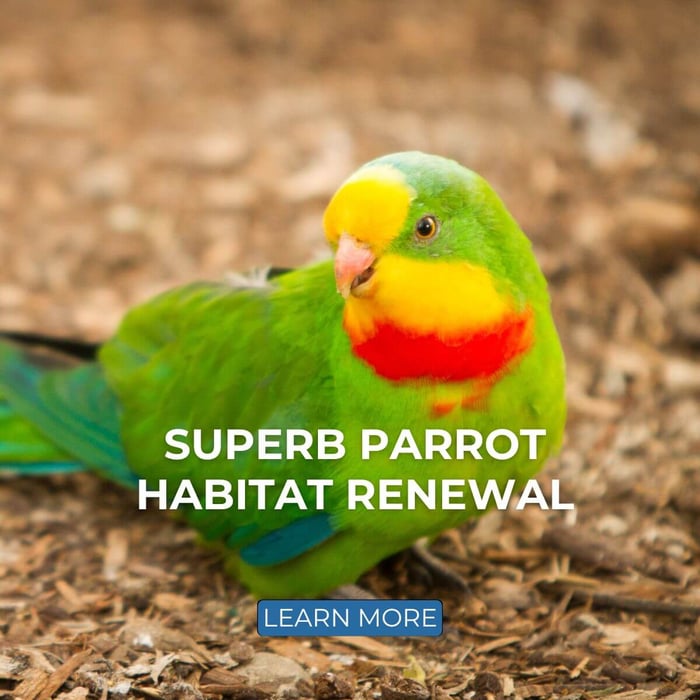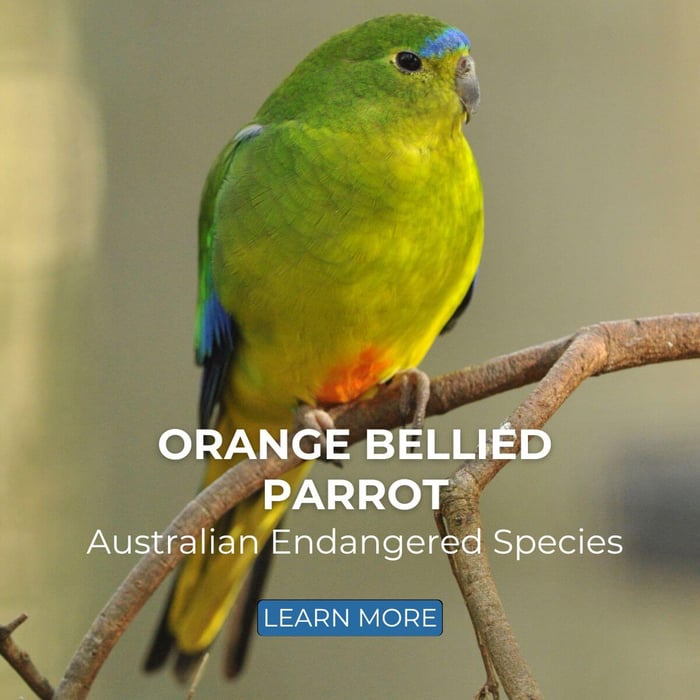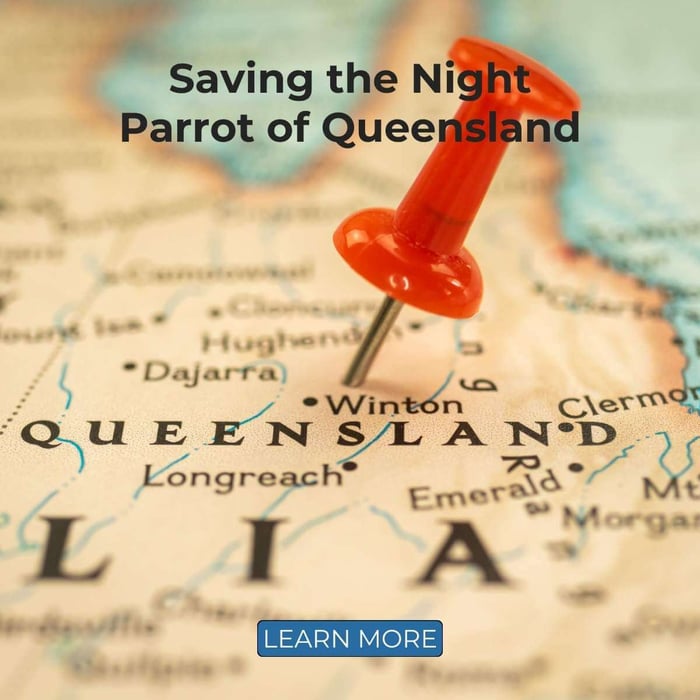Turquoise Parrot Conservation Initiatives
Your garden is more than just a space to relax; it can be a haven for wildlife, including vibrant bird species like the Turquoise Parrot. If you’re lucky enough to enjoy sunny weather, you might share your outdoor sanctuary with various birds. To enhance their experience, explore the range of products for wild birds available at Parrot Essentials.
In England, we are very lucky to have so many of the Alexandrine parrots in the wild. We can admire and look after them. Many of us build nest boxes or grow fruit plants from which the parakeets can eat. However, we are not the only ones who can enjoy the presence of parrots in their gardens and parks. There are many bird species native to Australia. There, you can see endangered birds, but some are not just there to see those species. There are people and organisations that are trying to prevent further decline in such species.
A Stunning Species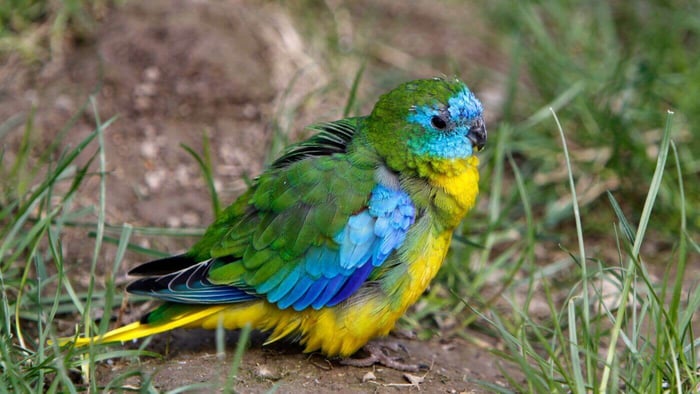
The Turquoise Parrot (Neophema pulchella) is a small, colourful bird native to eastern Australia, especially around the Sydney district. Males are distinguished by their brilliant blue faces, golden-yellow bellies, and red wing bars, while females showcase a more muted palette of greens and yellows. Though not currently classified as endangered, their populations are declining due to habitat loss and other environmental factors. Without timely conservation efforts, this beautiful species risks facing a more precarious future.
Recent Conservation Initiatives
In recent years, organizations like the Goulburn Broken Catchment Management Authority (GBCMA) have launched significant initiatives to protect the Neophema pulchella and its habitat. One standout effort is the "Bed and Breakfast for Birds" program, which focuses on providing nesting opportunities and food sources.
This initiative involves installing purpose-built nest boxes—serving as the "beds"—and planting fruit trees and shrubs to provide the "breakfast." These projects aim to improve living conditions for the Turquoise Parrot while promoting biodiversity in the region.
Nest Box Programs
Monitoring efforts have revealed that Turquoise Parrot chicks are successfully hatching in the installed nest boxes. Over 100 boxes were initially built in key habitats, providing safe nesting sites. Most of these were installed in 2014, but it wasn't until 2015 that the parrots began utilizing them. In May 2019, an additional 150 nest boxes were installed, bringing the total to over 400 in key areas of Victoria as part of the "Practical Parrot Action" project—an impressive collective effort.
Long-Term Conservation Goals
The primary aim of these conservation efforts is to establish a self-sustaining wild population of Turquoise Parrots that thrive without the need for captive breeding. The Nest Box Project focuses on understanding how and why these birds use specific sites through regular monitoring.
Initiated in 2014, this project emphasizes collaboration with farmers, landholders, and schools to protect and restore critical habitats, especially nesting sites on private land. Initial funding from a Threatened Species Initiative grant facilitated significant groundwork, including a baseline study and the construction of 150 nest boxes.
On-Ground Actions and Community Involvement
Community participation has been vital, with landholders engaging in habitat fencing, revegetation, and bird monitoring. The project has generated tremendous interest, with numerous educational events and workshops attracting significant attendance.
By 2020, six Turquoise Parrot-focused projects in North-east Victoria had resulted in the installation of 552 nest boxes, including over 150 hollow logs salvaged from bushfire clean-ups. Monitoring has recorded approximately 20 nest boxes that successfully fledged chicks, indicating that these interventions are making a positive impact.
Community Involvement
Local farmers, conservationists, and community groups are actively participating in these initiatives. Groups such as the Glenrowan Warby Lions Club and local schools have helped install nest boxes, erect protective fencing, and engage in habitat restoration efforts. This grassroots involvement fosters a sense of community ownership and awareness.
Research and Monitoring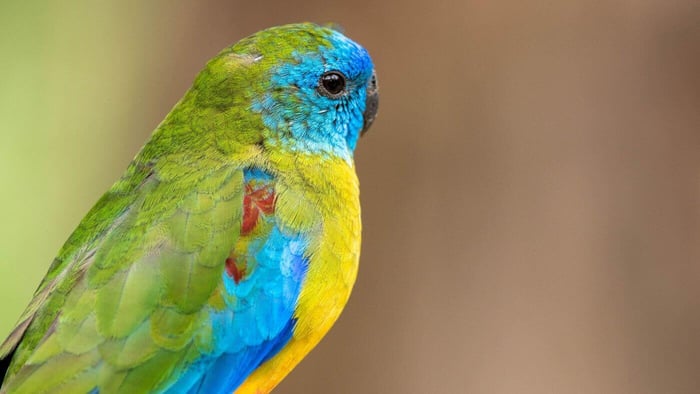
Ongoing research is being conducted to monitor the population dynamics of the Neophema pulchella. This includes tracking nesting success, chick survival rates, and habitat use, which helps inform future conservation strategies and interventions.
Public Awareness Campaigns
Educational programs and outreach initiatives aim to raise awareness about the Turquoise Parrot and its conservation status. By encouraging local communities to take part in protection efforts, these campaigns help foster a deeper appreciation for this beautiful species.
The Role of Community Engagement
A vital aspect of these conservation efforts is community involvement. Local farmers, conservationists, and bird enthusiasts have united to support these initiatives. Numerous community groups, including the Glenrowan Warby Lions Club and the Glenrowan Primary School Parents Club, have played essential roles in installing nest boxes, erecting protective fencing, and participating in revegetation projects.
Engagement activities, such as field days and community information sessions, have drawn impressive turnouts. In addition to the installation of 100 nest boxes, 4 kilometers of protective fencing and 80 hectares of revegetation have been completed across both private and public lands. The strong community interest underscores the value placed on the Turquoise Parrot as an attractive and significant part of the local ecosystem.
Habitat Preservation: A Crucial Component
As many of the old trees with natural hollows that provided shelter for the Neophema pulchella have been lost, installing artificial nest boxes has become increasingly vital. Regular monitoring of these boxes allows conservationists to gather data on how effective these interventions are in protecting and enhancing the Turquoise Parrot population.
Technological Advances in Conservation
Technology is increasingly playing a role in conservation efforts for the Turquoise Parrot. Remote monitoring tools and data collection methods, such as camera traps and audio recorders, provide valuable insights into the birds' nesting behaviour and habitat preferences. This information is crucial for developing effective conservation strategies.
Citizen science initiatives also empower local communities to contribute to data collection. By reporting sightings and nesting activities, volunteers can help researchers track the status of the Turquoise Parrot, ensuring that timely interventions can be implemented when necessary.
Conservation Status and Recent Developments
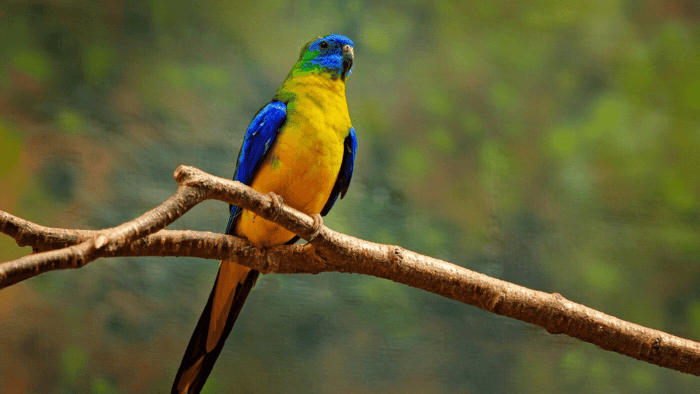
As of June 2023, the Neophema pulchella was listed as Vulnerable on the FFG Threatened List. This represents a shift in its conservation status, having been re-assessed from Near Threatened in 2013 to Least Concern in 2020 as part of the Conservation Status Assessment Project by DELWP. This highlights the ongoing need for targeted conservation efforts to ensure the species' long-term viability. (Source: SWIFT)
Conclusion
The Turquoise Parrot is a testament to the beauty and diversity of Australia’s wildlife. While current conservation initiatives are yielding positive results, ongoing community involvement and habitat preservation are critical for the species' long-term survival. By taking small steps in our gardens and supporting local efforts, we can all contribute to ensuring that future generations enjoy the vibrant colours and songs of the Turquoise Parrot.

